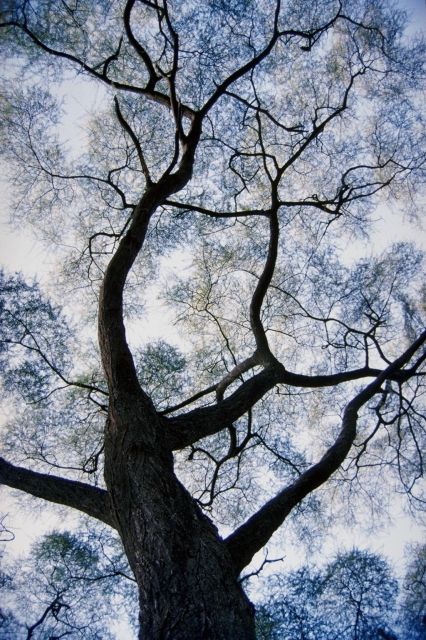Digging the past
Visiting archaeology, anthropology students exploring slave cabin at Montpelier
By SARAH BOUCHARD / Daily Progress staff writer
MONTPELIER STATION - Twenty-one students from a New York college are sifting through Virginia's history this month as they help excavate an emancipated slave's cabin at Montpelier.
The students from the State University of New York's Potsdam College are continuing the archaeological investigation of George Gilmore's cabin, located a quarter of a mile from the Madison mansion, from July 8-26. The excavation of the cabin began in the fall and the students will continue by searching for outbuildings, fences, gardens and other things that once made up the 16-acre farm.
The field school students spent the first two weeks exploring eight different areas near the cabin, said Matt Reeves, Montpelier's director of archaeology, Thursday. Over the next two weeks, they will hone their search to the most interesting sites.
"At the stage we're at now, we've found some interesting features," Reeves said. "What we want to do over the next week is to open up more excavation units around them to better define them."
For example, they will try to locate the piers of a barn, known to exist only because it appeared in a photograph taken in 1920. Reeves said they also are investigating a feature discovered in a spring survey that looks like a stone pathway.
The group already has made a number of interesting finds, Reeves said. Artifacts listed by Reeves and students include an elephant-shaped piece from a charm bracelet, a Civil War bullet, clay marbles, an Indian head penny from 1887 and a concentration of cut nails, a variety used until 1900.
"The remains are very subtle," Reeves said. "With the house being occupied for so long and the yard being so intensively used, sometimes it is difficult to sort out the time frame that the features had been used."
The excavation at Montpelier marks the first for most of the SUNY-Potsdam students, Reeves said.
"I've never really done anything like this before," said rising SUNY-Potsdam junior Brendan Warren. "I've found lots of interesting stuff."
Despite the students' novice status, Reeves praised them and their work.
"They're doing a very good job," he said. "They've shown a lot of interest and eagerness to work -and that's half the game right there. It's a big help to have them down here."
When the students arrived, the Montpelier archaeologists gave them an introduction to the site, site history, surveys done prior to their arrival and the rationale for the placement of the digging units. They also discussed techniques of archaeology with the students.
Rising SUNY-Potsdam junior Sarah Seeley said Friday that she came into the dig, her first, well prepared, although she did not know what to expect because the artifacts are always unique.
"It's very interesting," said the 22-year-old archaeology major. "A lot of us took a class in historical archaeology that had to do with this kind of thing, so we've been pretty stoked about that."
The students are staying in Charlottesville at apartments the school rents for them, Reeves said.
Although the field school is SUNY-Potsdam's first at Montpelier, the Madison mansion has hosted other student groups from James Madison University in years past, said Randy Huwa, Montpelier's spokesman. SUNY-Potsdam has not indicated if the students will return next year, he added.
The ultimate goal of the excavation in and around the cabin, Huwa said, is to restore the one-and-a-half-story structure to resemble the original, used from the 1870s to the 1920s, within the next several years.
When completed, the cabin will be an exhibit at Montpelier that tells the story of George Gilmore's transition from a slave to a freedman, Huwa said. It is currently open for visitors to peek into from noon to 4 p.m. on Saturdays through August, but there are no floors or furniture.
To protect what is left of the building, the Montpelier Foundation has worked to stabilize it over the last year.
To preserve the structure the foundation has been shored, exterior walls have been re-chinked, wooden shingles have been installed and the roof has been replaced.
The cabin was neglected until early 2000 when state grants enabled Montpelier officials to complete a structure report and begin exterior restoration and stabilization.
Warren and Seeley agreed that the experience was beneficial for them as well as Montpelier.
"I've been taking archaeology for two years," Seeley said. "It's nice to get out there and do it."

Click Here to return to my journal!
